
Sherlock - our insider tip
First choice for machine vision integrators
When we are asked concerning recommendations for image processing software, we always answer with a question:
What must this software be able to do?
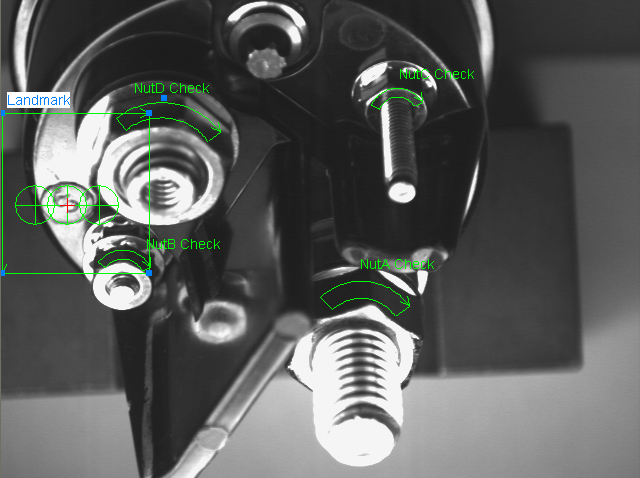
Most customers agree on the following!
...it must provide pretty much all common image processing functions - including AI, of course ... and it must of course be inexpensive ...yet flexible ...
...it must be intuitive and easy to operate by a wide variety of users - especially by people who cannot program ...
...it should be possible to connect a wide range of sensors - one, two or even many cameras, also high-resolution, even a line scan camera or 3D cameras ...
... it should run on different processors so that the price/performance ratio can be flexibly adapted to individual requirements ...
... of course, all common interfaces to controllers, robots or all kinds of sensors must be integrated and intuitive to operate ...
... if the tools are not sufficient, background scripts should be possible ... and if something is missing, it should be possible to add this functionality at any time ...
A "jack of all trades device / all purpose solution" you say?
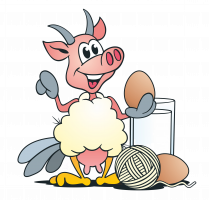
Indeed!
This is one of the most difficult challenges in image processing?
How do you get software to be intuitive and easy to use without limiting possibilities and flexibility?
From my experience as someone who grew up with the predecessor of the Cognex Easy Builder, used a wide variety of image processing software over the years, and now programs OpenCV and Halcon, Sherlock comes closest to being this "all-purpose solution".

Why don't you know this software?
It's not because it is too new ... or comes from a small, unknown manufacturer. On the contrary: Sherlock is offered by TELEDYNE IMAGING, one of the largest suppliers of machine vision components and systems ... and has been around for over 25 years ... one of the most sophisticated machine vision software packages on the market!
In fact, the software is an industry best-kept secret among image processing software packages, but it's already in use in thousands of applications worldwide.
Why did phil-vision choose this software?
After initial support with system design, many of our customers like to continue working independently in the future. However, our classic solutions only allow this for very expereienced programmers and trainied vision specialists.
Sherlock, on the other hand, is easy to learn and use and includes EVERY common functionality expected in a graphical user interface or smart camera, and much more ...
What can Sherlock do?
In its basic structure, Sherlock starts very simply by dragging and dropping a circle or rectangle onto an image. This gives you immediate access to the extensive image processing functions. For example, one chooses a threshold value and decides to count different object via the diameter.
This step is automatically represented in a "decision tree", which can be branced or parallelised as desired. Similar to programming, you can organise it into subroutines that you can jump in and out of. Cameras can be captured one after the other or in parallel as desired and can be processed dependent or independent of each other.
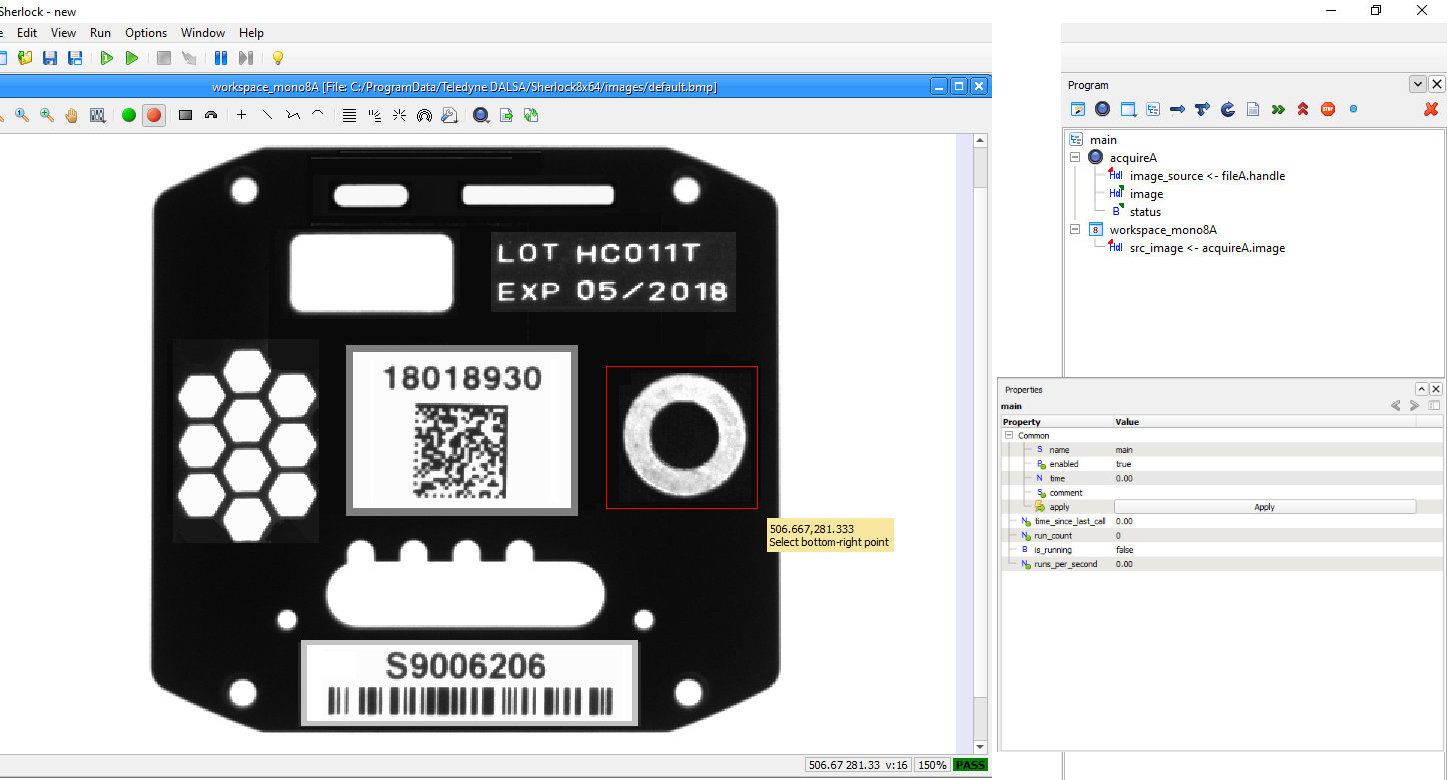
Even more sophisticated functions such as calibrations for high measurement accuracies or for communication with robots are made simple. The results can then be output directly via digital I/O or fieldbuses such as Modbus, Profinet, Ethernet/IP, OPC/UA, or even quite banaly via TCP/IP.
For more complex calculations, we - or the user who has familiarised himself with a simple script language - can very easily and in a short time incorporate modules via JavaScript. Alternatively, we can of course also create and integrate a complete customised algorithm.
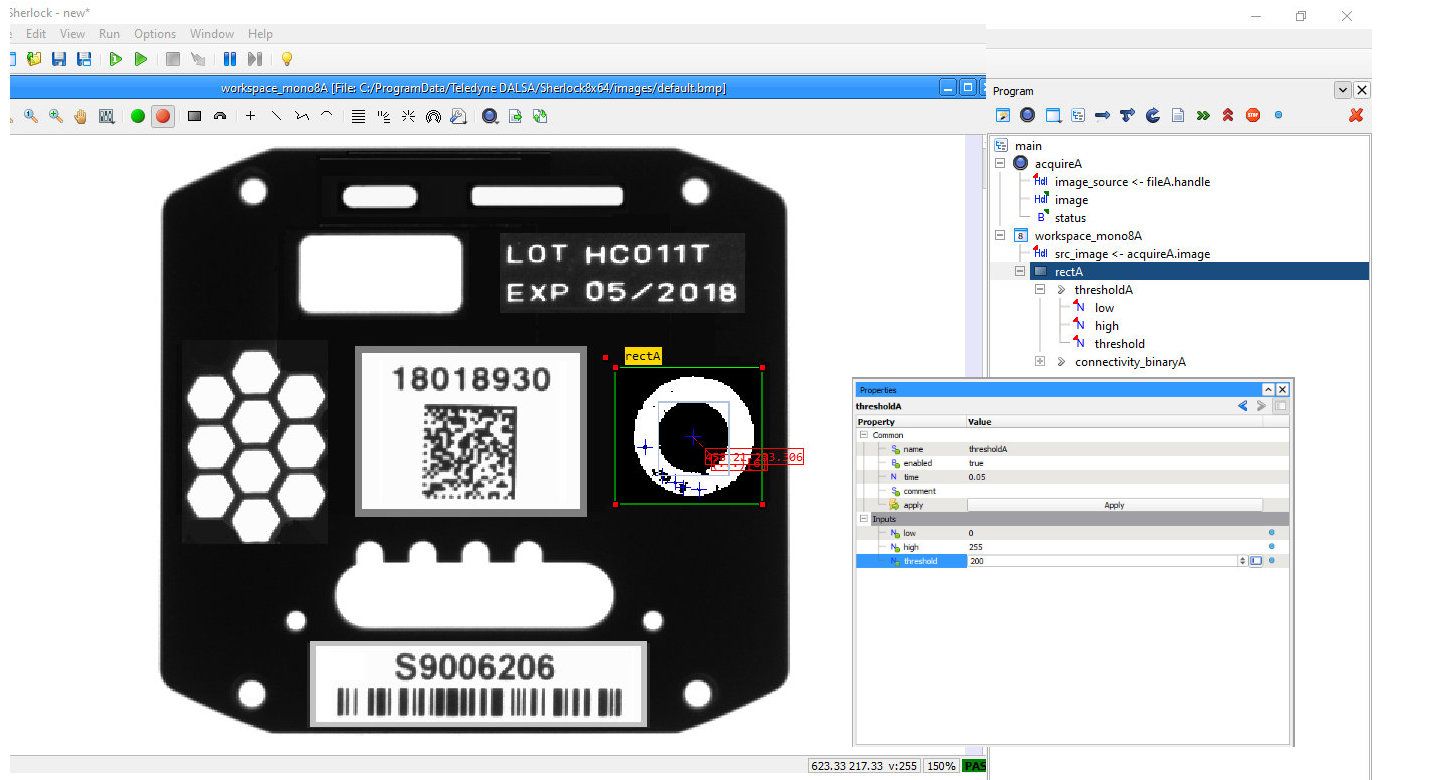
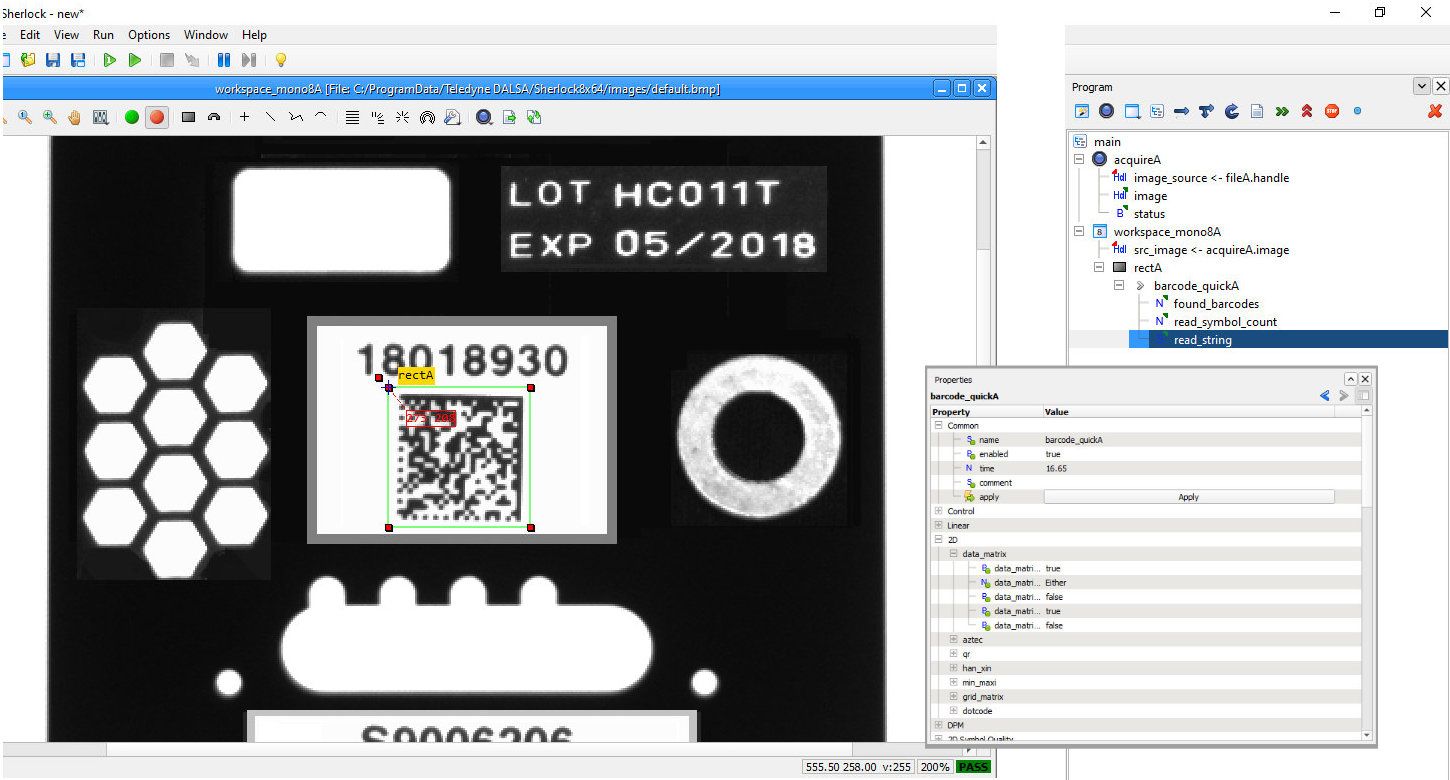
What tools are available?
-
Pre-processors: Extensive set of conditioning functions that can be applied to a ROI prior to analysis.
-
Positioning tools: Advance pattern recognition tools for object alignment and robot guidance.
-
Shape extraction: Solution for extracting and inspecting features on objects based on their three-dimensional shape. This includes raised features such as embossed characters, but also stamped or engraved markings.
-
Measurement tools: Precise tools for computing the dimensions on a variety of parts and shapes.
-
Analysis tools: Tools for finding and counting edges, extracting, and analysing features, detecting contrast variations, and performing statistical analysis.
-
Calibration tools: Correction of linear, non-linear, and perspective distortions. Conversion of camera pixels to real coordinates.
-
-
Colour tools: Learn colours for monitoring, classifying, sorting, tracking, and counting objects.
-
Reader (identification) tools: Reads and verifies 1D and 2D codes. Reads and identifies printed, moulded, or stamped text (OCR).
-
Script tools: JavaScript-based scripting tool, complete with drag&drop instruction editing, allows to develop custom formulas or inline and background applications.
-
Custom algorithms: Easy integration of custom algorithms into the development environment.
-
Administration: Extensive controls for protecting against unauthorised access and copying.
-
Custom interface: OCX for designing a custom operator interface using Visual Basic, Visual C or C#.
-
As an add-on, the Astrocyte AI software can also be used along with Sherlock for a fair surcharge. The tool enables fast training of AI models and immense time savings when labelling images through automatically generated annotations.
-
Automatic generation of bounding box annotations via semi-supervised object detection (SSOD) and smart-labeling.
-
Continual learning (Lifelong Learning) in classification for further learning at runtime.
-
Location of small defects in high-resolution images via a tiling mechanism.
-
Access to hyperparameters for highly flexible training of AI models, including selection of neural network type.
Models trained with Astrocyte can be saved to files and then be imported into Sherlock for execution while being coupled with other pre-processors and algorithms.
Which cameras can I use?
Sherlock can integrate GigE vision and USB cameras, area or line scan cameras, monochrome, colour, as well as thermal imaging cameras, 3D triangulation cameras or, via frame grabbers, high-speed cameras.
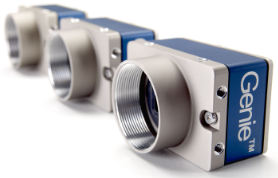
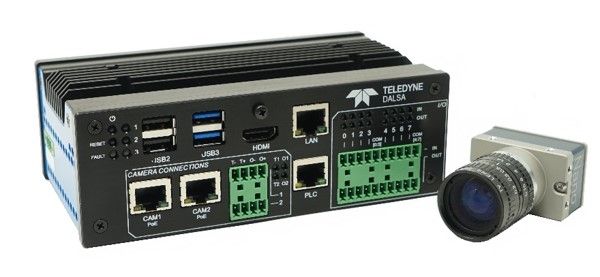
Which systems are available?
Sherlock can be installed on any Windows PC. This means that even demanding tasks can be solved in a short time without any problems.
The simplest entry-level system is a preconfigured GEVA or VICORE system from Teledyne DALSA running Sherlock. A mini-embedded system that already includes two PoE ports for connecting GigE cameras, USB ports for USB cameras and interfaces for I/O, encoders, and network connection as well as fieldbus connection. An entry level system including a simple camera with matching optics and all cables starts at about 5500 Euros.
What is the best way to start?
To enable customers to work with Sherlock themselves as quickly as possible, we offer general beginner training at a minimum price of €195.
Alternatively, we are happy to solve the complete application together with the customer as part of an individual training course.
Our concept: If the customer can continue on his own after the training we provide, we are happy :-).
However, if the production variance is higher than expected and further help is needed in the implementaiton, phil-vision will of course continue to support the customer.
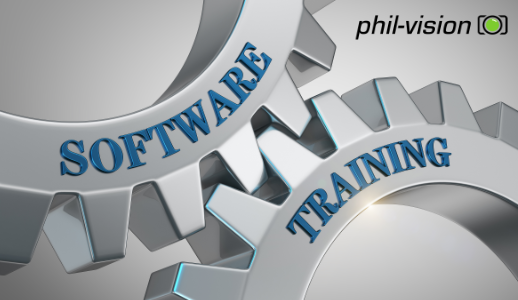
 English (EN)
English (EN)  Deutsch (DE)
Deutsch (DE) 